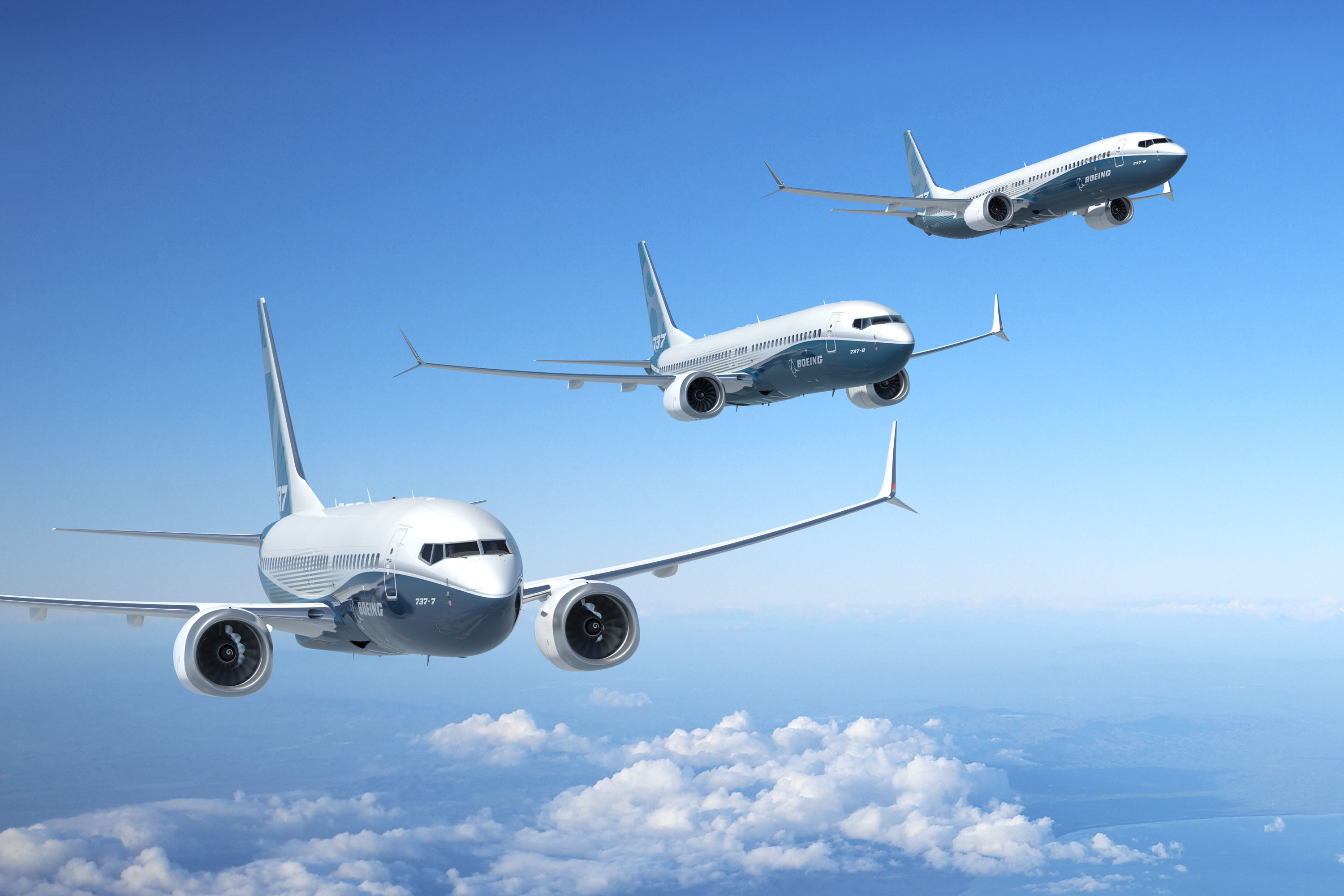
Boeing said in July that it believes the world’s airlines will demand a total of 25,680 new single-aisle, narrow-body jets like its 737 and Airbus’s A320 family of planes. That is 16% more than the Airbus estimate of 22,071 new planes. Boeing also places the dollar value of those planes higher: $2.56 trillion versus the Airbus estimate of $2.09 trillion.
In the dual-aisle, wide-body segment, the two companies’ estimates are essentially dead even: Boeing expects total sales of 7,260 of the planes and Airbus forecasts sales of 7,256. Boeing’s total dollar value estimate is 10% higher, $2.1 trillion compared with a $1.9 million estimate from Airbus. This category includes Boeing’s 777 and 787 jets and the Airbus A330 and A350 families.
The major discrepancy between the two aircraft makers is in the very large category, where the Boeing 747-8 and the Airbus A380 are the sole competitors. Boeing sees demand for just 500 new planes of this class over the next 20 years, compared with an estimate of 1,228 from Airbus. That is a difference of nearly 60%. Based on dollar value, the Boeing’s estimate is 53% below Airbus’s.
ALSO READ: U.S. Export-Import Bank Would Support Sales of Airbus Planes
We have recently written about discussions between Emirates airline and Airbus for a re-engined version of the A380 that would improve fuel-efficiency by around 10%. Airbus, however, is looking to add seats to bring the average number of seats per plane up from 575 to 600. The A380-900 has a maximum capacity of 900 seats in a single-class (economy) configuration.
Both companies have forecast a rise in the total dollar value of the market, with Boeing’s estimate of $4.86 trillion about 10% higher than the Airbus estimate of $4.415 trillion.
All those planes are going to be needed to fly more passengers more miles. The two aircraft makers have increased estimates of revenue passenger miles by 5% to 7%. Most of the new planes — about 39% — will be delivered to the Asia Pacific region, and by 2033, China is expected to account for 11% of global air traffic on its domestic flights alone.
Shares of Boeing’s stock were down more than 1% at $127.28 in the noon hour on Thursday, following a weak report on August durable goods orders. It is well to recall that July orders were swollen by activity at the Farnborough air show. The stock’s 52-week range is $113.34 to $144.57.
ALSO READ: 10 Companies Cutting the Most Jobs
Take Charge of Your Retirement In Just A Few Minutes (Sponsor)
Retirement planning doesn’t have to feel overwhelming. The key is finding expert guidance—and SmartAsset’s simple quiz makes it easier than ever for you to connect with a vetted financial advisor.
Here’s how it works:
- Answer a Few Simple Questions. Tell us a bit about your goals and preferences—it only takes a few minutes!
- Get Matched with Vetted Advisors Our smart tool matches you with up to three pre-screened, vetted advisors who serve your area and are held to a fiduciary standard to act in your best interests. Click here to begin
- Choose Your Fit Review their profiles, schedule an introductory call (or meet in person), and select the advisor who feel is right for you.
Why wait? Start building the retirement you’ve always dreamed of. Click here to get started today!
Thank you for reading! Have some feedback for us?
Contact the 24/7 Wall St. editorial team.



